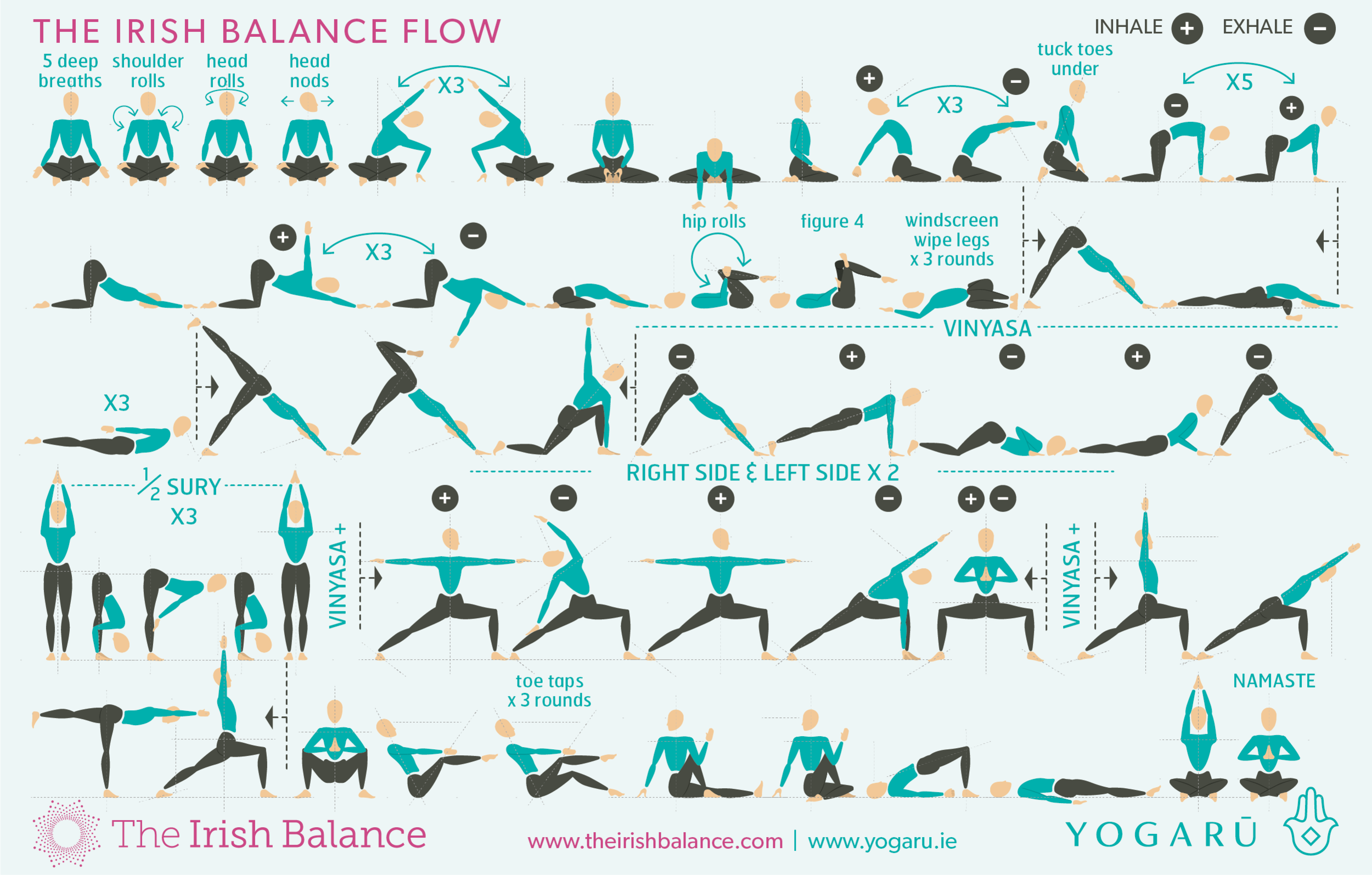A GOOD BREATH
When you’re feeling overwhelmed by it all, just breathe; when you’re worried about the safety of loved ones, just breathe; and when all the uncertainty about the future is making you anxious, just breathe.
We all need a quick route to the rest and restore nervous system response. The breath is the most accessible and available method to do this. Pausing and breathing works for everyone from a child having a tantrum to an adult having a bad day. It’s a subconscious reaction that we can’t quite ‘switch on’ immediately, but if you trust in the process and give it favourable conditions to work you will get there.
The breath is where the magic is found in yoga. Conscious breathing deeply affects our physical and mental state. It stimulates the vagus nerve through the cerebral cortex which brings the body into the rest, digest & restore nervous system response, or the parasympathetic nervous system, relieving symptoms of chronic stress, fatigue and tension. This creates optimal conditions for the functionality of the organs of the body which strengthens the immune system, increases lung capacity, increases circulation, aids digestion and increases overall well-being. The breath is very detoxifying for the body and is responsible for 70% of the cleansing process. It eliminates toxins by releasing carbon dioxide through the exhale. The physical meets the mental benefits when the oscillation of the breath massages the gut (also known as the second brain) and sends happy signals to the brain.
STAY CALM & BREATH
The breath moves through us like a wave. On an inhale the belly and ribs expand as the diaphragm contracts down, and on an exhale the belly and ribs contract as the diaphragm expands up. Becoming aware of how you are breathing is the first step to making changes. Are you breathing shallow breaths or even holding your breath, are your shoulders and neck tight or are you holding tension in your back? Take a moment to examine a long, deep breath. Notice the quiet moment between the in-breath and the out-breath. Like a change in the waves, there is a moment of pause where everything is still and delicately suspended. In this moment the body is peaceful and the breath rests. Find these pauses between breaths and between poses as you practice this sequence.
COME BACK TO THE BREATH
When breath awareness or consciously breathing is regularly practiced as part of your yoga routine, or in your meditation practice, it will rewire your brain to naturally default to a calmer response to arising situations rather than the ‘fight or flight’ response.
To the onlooker, a yogi flowing through their sequence may seem very relaxed and calm, but there is much unfolding on the mat – the complexity of alignment in each asana, the controlled and safe transitions, maintaining a meditative state of mind, and most importantly, remembering to breathe! It’s no surprise that you might find yourself holding your breath while you are concentrating on your flow or during a challenging asana. Simply remembering to come back to the breath during your practice, and checking in with how you are breathing, will help to build your practice and access all the benefits of a good breath.
EXPLORING YOUR BREATH IN YOUR PRACTICE
Before you try the sequence above, come to a comfortable seated position either cross legged or kneeling with a brick under your hips, and explore Box Breathing from the guide below. At the end of your practice lie on your back, place your hands on your belly and when you are ready explore a few rounds of Viloma Breath using the guide below to get you ready to come into Savasana.
When you are going through the asana let your breath initiate each transition. Keep returning to the breath during your practice. As you pause in each asana, use the breath to melt aways any tension you might encounter. Try to differentiate between the muscles that need to be switched on to hold the pose and the muscles that are not the main players of the pose and can be relaxed.
VILOMA BREATH
Lying on your back with legs out straight or knees bent and your feet on the ground with your hands on your belly. Viloma breath breaks the exhale into three steps and helps to naturally lengthen the exhale without tension. The exhale is particularly beneficial for stress relief. Take a full inhale and exhale, then take a deep inhale, pause at the top and exhale, pause, exhale, pause and exhale the full breath. You can start with an inhale to the count of four and exhale to the count or six if that is comfortable for you.
BOX BREATHING
Box breathing is a technique that can be used in any situation to reset your breath and counteract the fight or flight response, stress, anxiety and insomnia. Come to a comfortable seated position. That might be cross legged in Sukasana or Sidhasana, or if you find it hard to maintain an upright spine cross legged try Virasana with a brick under your hips. Hands on thighs, palm up or palms down. Take a moment to find the natural curves of your spine and the extension through the tip of your crown. Start by closing your eyes and visualising a box. You will use this box to gently guide a full breath using the count of four for each inhale, pause and exhale, pause. Starting at the left corner of your box, inhale for the count of four and travel across the top of the box, pause for the count of four and travel down the right side of the box, inhale across the bottom of the box, pause and travel up the left side of the box back to the start. Continue to draw the box with your breath for ten to twenty rounds or set a timer for 5 to 10 minutes.
ALIGNMENT CUES
There is no peak pose in this sequence. The two principles you will be exploring are opening the chest to unlock the lungs and moving with the breath. Below are some tips and suggestions to help you navigate the sequence.
Some poses have a ‘+’ or a ‘-’ symbols indicate an inhale and exhale. These will give you a guide for how to move with the breath with these poses.
Try placing bricks under your hands for the rounds of Cat & Cow to help open the chest more.
Explore Salabhasana/Locust pose alternatives with these two variations. In Salabhasana/Locust reach your arms forward on the inhale and bring the arms into cactus position on the exhale, repeat for 3-5 rounds. Or reach your arms and legs wide on the inhale and press and palms together overhead and press the legs together on the exhale, repeat for 3-5 rounds.
For the main flow experiment with holding bricks as you flow through the mini sequence. Press the bricks together overhead and at your chest for the three middle Utkata Konasana/Goddess poses.
In Matsyasana/Fish the brick is placed lengthways at the tips of your shoulder blades. If this is too strong a backbend use a rolled up towel in the same position.
To save the images for personal use click and hold down the image until the ‘save image’ option appears; on Mac hold down ‘control’ and click the image to get the option box; on PC right click on the image to get the option box. Scroll down in the ‘option box’ and click ‘save image’.
Ruth Delahunty Yogaru





